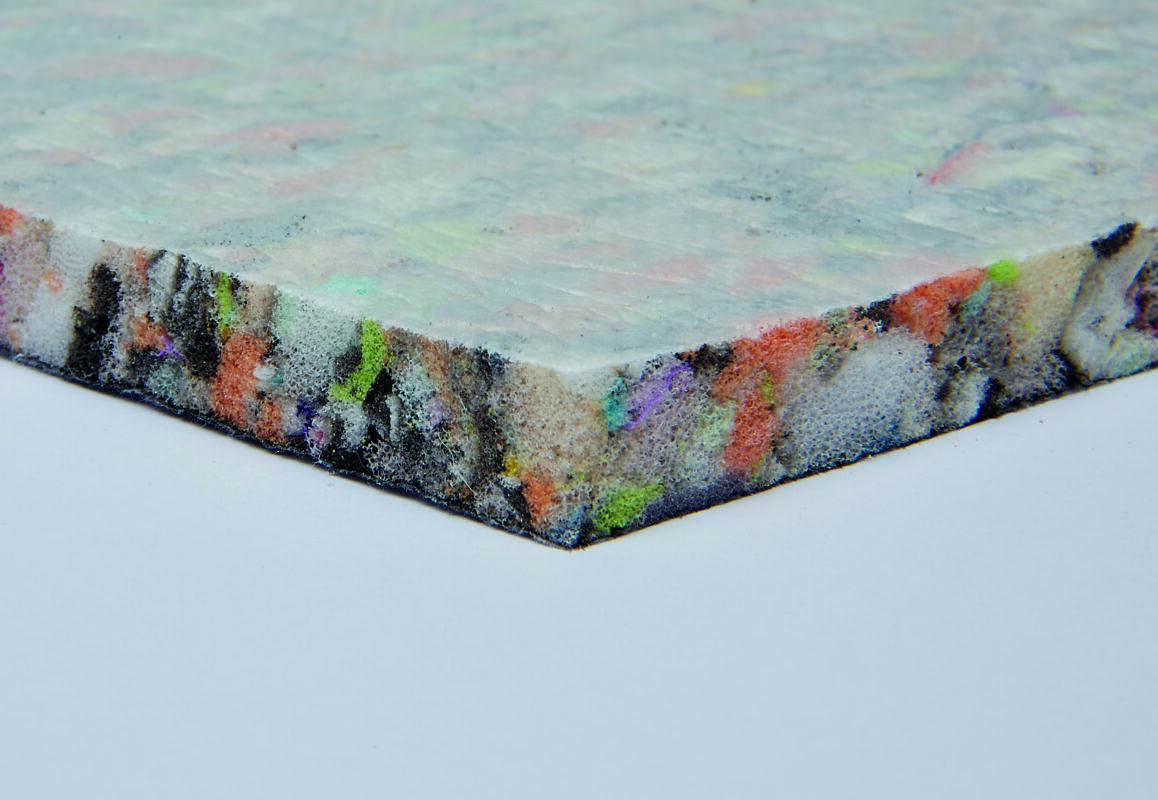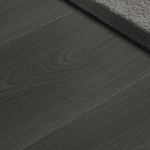Blog
How Long Does Underlay Last?

Getting a new underlay is exciting for all the various benefits they bring and how much more comfortable and durable they can make your flooring choice. However, one thing we’re often asked is how long underlayment lasts. After all, you can only fit underlay underneath a floor if you uproot the flooring, so it’s not something you can just eyeball and see.
The answer to this question is a disappointing “it depends”. The reason is, that not all underlayments are made the same. Some are from natural materials, others are from recycled eco-friendly materials, and many are designed for singular floorings.
So, we will go down the list of materials of underlayment to decide how long each lasts, and which one will be best for you.
Types of Underlay
Underlays each have different materials and are intended for different types of floors.
The following are the different materials that underlays are made of, as well as their strengths and how long each lasts:
- Foam Underlay – Foam is popular due to its lightweight nature, easy installation and high affordability. The underlay’s lifespan is between 5-10 years. This makes for a great carpet underlay, as well as an underlay for both engineered wood and laminate flooring. This is because a foam underlay acts as a smooth base which enhances comfort.
- Rubber Underlay – Rubber underlays are known for their high durability and great sound insulation ability. It offers very high resistance to damage, being dense as it is, and is great for preventing moisture. They are often used with hardwood and laminate. You can often find rubber underlays in multi-story buildings, as it helps a great deal in preventing noise levels from travelling between rooms. They can last between 15 – 20 years.
- Crumb Rubber Underlay – Crumb rubber is made from recycled car tyres, meaning it’s extremely dense and durable. They are a high-quality underlay that is incredibly durable, making them well-suited for high-traffic areas. Crumb Rubber underlay lasts around 25 years.
- Sponge Rubber Underlay – Sponge rubber offers durability and comfort, made from synthetic rubber. It reduces noise to a high degree and is suitable for a wide variety of flooring. You can expect it to last 20-25 years.
- Felt Underlay – Felt underlays are dense and environmentally friendly. The felt backing lends high thermal insulation, but also this type of underlay is known to have moisture resistance and is effective at cushioning sound. They are often used with hardwood and tile and can last around 10-15 years.
How do I choose an underlay that lasts?
The lifespan of your underlay depends on the following:
- Suitability – Ensure that the underlay you buy suits the flooring type you have. For example, underlays that are thick and bouncy typically don’t make for a great carpet underlay. This is because the excessive springiness can prevent the carpet from lying flat and stable. It may do its job, but it may rob your new carpet of a level surface.
- Quality and Density – Quality equals performance. For example, Rubber is great and very popular, but crumb rubber is much more dense. This is why it lasts a whole five years on average longer than normal rubber. It makes sense since crumb rubber is made from car tires, which withstand a lot of pressure daily.
- Environmental Factors – Exposure to the elements without being properly protected from them will result in an underlay wearing out faster than it should. For example, if your room has excess moisture and heat, you will want an underlay that protects against both.
- Foot Traffic – Foot traffic is the main reason most underlays wear out. How quickly depends on the level of traffic. A dense underlay is needed to fight off the excessive wear that comes from daily foot traffic, especially in areas like the hallway or the stairs. You need a denser underlay that can withstand repeated pressure.
- Installation Quality – Failure to ensure a proper installation could lead to your underlay being unable to serve its proper function or succumb to premature degradation.
With these five things in mind, you should find it easy to choose the right underlay for you.
How do I maintain my new underlay?
Maintaining your underlay is fairly easy, as it simply requires tiny tweaks to an already existing set of maintenance tasks within the home.
- Regular Cleaning – Vacuuming the flooring will prevent dirt, dust, debris or anything else that can accumulate into something harmful from penetrating and reaching the underlay. Whilst this is a problem even for a hard floor, this is especially the case with carpeted floors. Ensure you vacuum your carpet regularly.
- Control Moisture/Humidity – You should always manage the humidity of your home. This can be done through something as simple as opening a window, but for the best results, a dehumidifier is fantastic.
- Avoid Water Damage – Clean up spills from the floor immediately. Even if your new carpet is highly absorbent or your LVT flooring has high water resistance, water resting for too long could result in water seeping through.
- Prevent Overheating – Underfloor heating is becoming more common. With underfloor heating, you run a risk of causing excessive heat, damaging your underlay’s lifespan.
Conclusion
We hope this article helps you understand the factors that affect underlays.
How long does underlay last? – FAQs
Here are some FAQs we receive.
How long does carpet underlay last?
We often get asked “How long does carpet underlay last” because of a belief that Carpet underlay is less strong than other underlays. The truth is this isn’t the case. Each underlay has an expected lifespan, and it’s up to you to ensure that it reaches that lifespan by not only ensuring compatibility but that it has the necessary maintenance throughout its life. With carpet underlay it’s important that you don’t think that thickness is all you need, either, as too much thickness can make the carpet look uneven and doesn’t offer the same foot traffic benefits as denser underlays. Bear this in mind whilst browsing.
How do I know if my existing underlay is worn?
This is a fair enough question, because unless you’re looking for a new floor or new underlay, how will you ever know? Well, the fact of the matter is that even the best underlay will show signs that it no longer has its original quality.
- Deformation – If your flooring is uneven, or perhaps even lumpy, with permanent creases or the like, then there’s a decent chance that your underlay is damaged.
- Decreased Insulation – If you begin feeling as if your floor is not as warm as it used to be, or if you begin feeling a draft around the floor, it could indicate that your underlay’s insulation abilities have diminished.
- Noise – If your floor used to be quiet, but is now increasing in volume, then this could indicate your underlay has lost effectiveness.
- Discomfort Underfoot – Underlays almost always improve the comfort of your floor, an uncomfortable experience could mean your existing underlay is past its best.
- Odour or Mould – If you notice a persistent mould scent that you cannot find in the room, then there’s a decent chance that moisture has infected your underlay.
- Age of the Underlay – Underlays all have a lifespan. If your underlay has reached the indicated years, then not only is your underlay probably worn out, but it’s only a matter of time before it fails completely. Replacement is your only option here.

